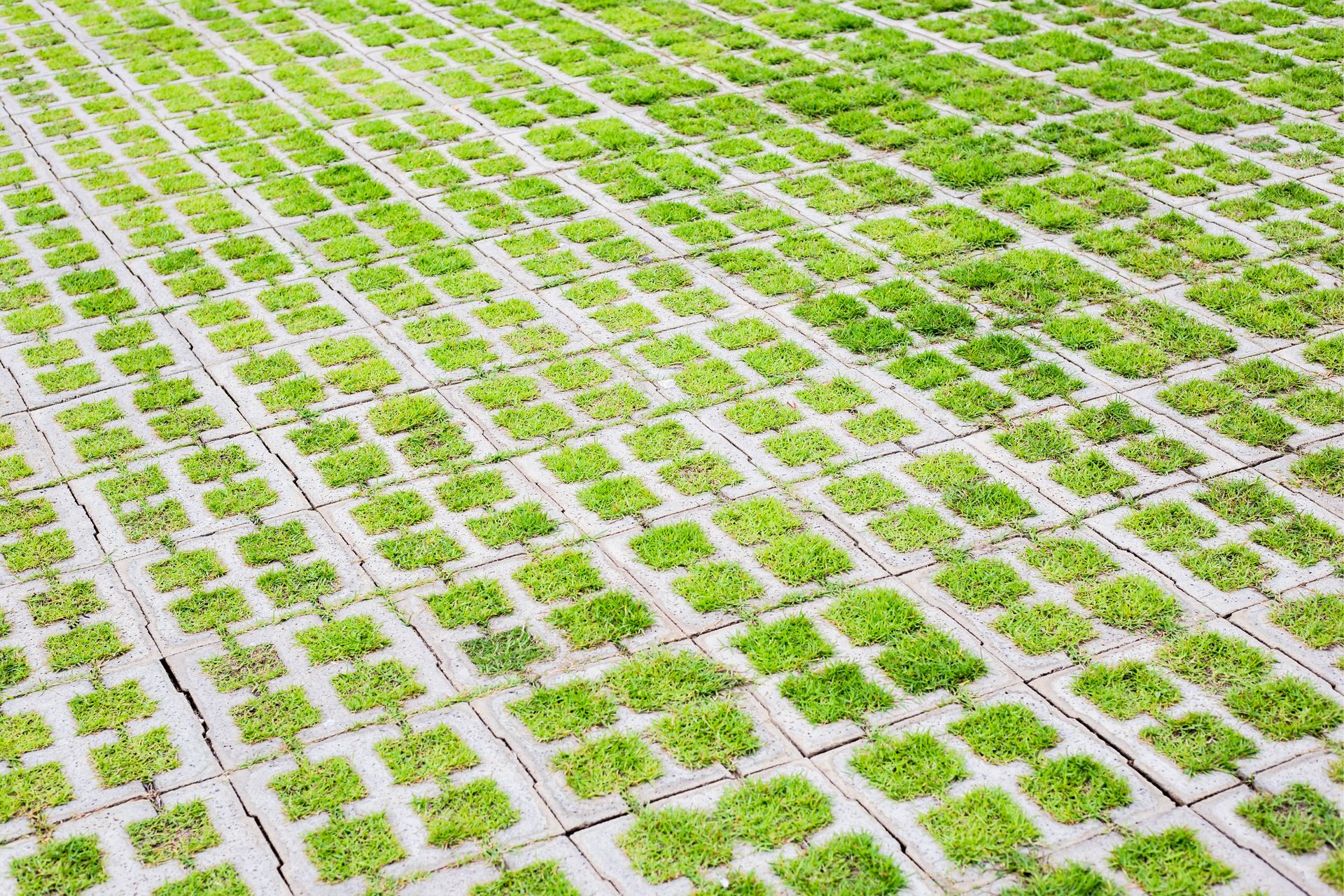Increased urbanization and population density within cities have placed more pressure on municipalities to responsibly deal with stormwater runoff.
While many construction companies are familiar with the requirements of a stormwater management plan to effectively manage erosion and sedimentation in rural and suburban areas, urban stormwater management often requires a different approach.
Using new innovations from green infrastructure to tried-and-true erosion controls, construction companies and municipalities can work together to construct both temporary and permanent stormwater controls that help manage urban runoff and avoid polluting local water sources.
Importance of Managing Urban Stormwater Runoff
As rainwater travels over surfaces, it often picks up pollutants like trash and animal waste that are discharged into storm drains and nearby waters. Urban runoff management seeks to reduce the number of pollutants that make it to local waters while also controlling the flow and volume of stormwater discharge to prevent flooding.
Here are just some of the important objectives that urban stormwater management seeks to tackle.
- Reduce Pollution: Urban stormwater controls, such as silt fences, bioswales, and rain gardens, help to absorb and filter out pollutants before they are discharged into storm drains.
- Prevent Flooding: By properly channeling runoff to specific discharge points and preventing obstructions, drainage systems can handle high-volume rain events without the risk of urban flooding.
- Comply with Regulations: Urban stormwater management is regulated by every city and, therefore, is a massive responsibility for construction companies seeking to complete work in that area. Developing a stormwater management plan (SWPPP) is also typically required for a Construction General Permit by the federal government.
- Reduce Effects of Nearby Erosion: Even if most urban construction is not surrounded by vegetation and soil, the effects of erosion can still be felt on manmade materials, such as concrete, which can often lead to sinking, cracking, and foundation issues.
5 Ways to Manage Urban Runoff
There are five major ways that companies manage urban runoff on temporary construction sites.
1. Erosion Controls
Many of the same erosion and sediment controls we rely on in grassy or forested areas can also apply to urban areas. Using erosion control blankets on sloped, grassy surfaces, temporary seeding, or mulch is very common for construction sites, even in urban areas.
Additional controls, such as ripraps and riparian barriers, may be necessary for construction sites that border nearby surface waters, such as river banks or streams.
2. Sediment Controls
Strong sediment controls that prevent sediment particles and other pollutants from mixing with stormwater may also be employed. For example, silt fences made of geotextile fabric are often employed around the perimeter of worksites to prevent pollutants from traveling out of the work zone.
Additional controls, such as storm drain inlet barriers and sediment basins, may also be employed–the latter depending on the topography and surface area of the work site.
3. Green Roofs
Green infrastructure is a new and exciting way to provide ongoing stormwater management to urban buildings.
Green roofs, also known as living roofs, are simply vegetated surfaces installed on rooftops designed to absorb, filter, and control the volume of stormwater runoff. These roofs are covered with layers of soil and plants that absorb rainwater, reducing the volume of runoff. The plants on green roofs act as natural sponges, capturing rainfall and slowly releasing it back into the atmosphere through evaporation and transpiration.
Installing these roofs on gently sloped surfaces typically yields the best results.
4. Permeable Pavements
Like green roofs, permeable pavements are designed to allow water to pass through their surface and absorb the runoff to recharge natural groundwater underneath. This innovation is truly a game changer when it comes to thinking about urban stormwater runoff and urban water management.
These pavements consist of porous materials such as permeable concrete, asphalt, or interlocking pavers with gaps that facilitate water infiltration. They are particularly effective in areas with lots of foot traffic.
5. Rain Gardens and Bioretention Systems
Finally, rain gardens and bioretention systems are landscaped areas designed to capture and treat stormwater runoff. They are shallow, vegetated basins that collect rainwater from rooftops, driveways, and streets, allowing it to infiltrate into the soil and slow the volume of runoff. The plants and soil in rain gardens naturally filter pollutants and improve water quality, thus reducing sediment and turbidity.
These systems can be employed everywhere, from raised outdoor structures to the edge of parking lots.
The Importance of a Stormwater Management Plan
Depending on what urban stormwater BMPs (best management practices) you implement, it’s important to develop a proper stormwater management plan to oversee its execution. Not only are SWPPPs required to begin construction projects, but they also provide tools to track progress, make adjustments on the fly, and communicate important housekeeping procedures to staff.
For assistance drafting a stormwater management plan for an urban construction project, contact a qualified environmental consultant. These experts will walk you through the latest measures dictated by the EPA and ensure that all stormwater controls are built to code and for maximum effectiveness.
FAQs
Can rainwater harvesting be used for drinking water?
Rainwater harvesting is typically used for non-potable purposes like irrigation and toilet flushing. For drinking water, additional treatment is required to ensure safety.
Are there any government incentives for implementing stormwater management practices?
Yes, many local governments offer incentives, grants, or tax credits for installing green infrastructure, such as permeable pavements, rain gardens, and rainwater harvesting systems.

